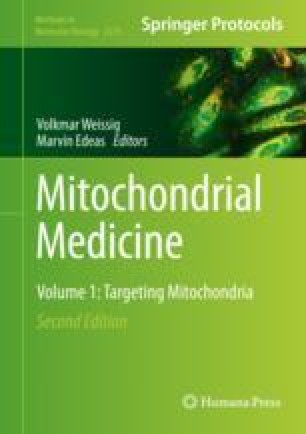VEGA 2/0121/19
Dominant mutations in Wolfram syndrome: different mechanism to the recessive ones?
Principal Investigator: Michal CagalinecDuration: January 2019 – December 2022
|
Annotation:Wolfram syndrome is a rare hereditary disorder caused by mutations in the Wolframin1 gene. Product of this gene, the Wolframin1 (WFS1) is located in the membrane of endoplasmic reticulum (ER). WFS1 is highly expressed in pancreas, brain and heart. Function of WFS1 involves regulation of ER stress and modulation in calcium homeostasis. Moreover it affects mitochondrial dynamics and ATP production in neurons. Although Wolfram syndrome is traditionally considered as recessive disorder, in our patients, we have identified two novel mutations of WFS1 resembling dominant behaviour. Therefore in this project we plan to evaluate, whether these novel mutations of are dominant and whether dominant and recessive mutations in the WFS1 gene act via different signalling pathways in the matter of ER stress, calcium metabolism and their impact to mitochondrial dynamics. These parameters will be tested in a model of human neuronal and cardiac cell lines to reveal unique mechanisms of WFS1 function in the brain and heart. |
Keywords:Wolfram syndrome, Wolframin1, dominant and recessive mutations, calcium homeostasis, endoplasmic reticulum stress, mitochondrial dynamics |
Objectives:Main hypothesis of the project: whether the novel mutations in WFS1 identified in our patients with Wolfram Syndrome (WS) are dominant and to test, whether the dominant mutations in this gene act through different mechanism when compared to recessive mutations in respect of ER stress, calcium metabolism and mitochondrial dynamics in human neuronal and cardiac cellular models. Particular goals:
|
Publications: |
 |
Marcek Chorvatova A, Cagalinec M, Chorvat D Jr (2021): Time-resolved imaging of mitochondrial flavin fluorescence and its applications for evaluating the oxidative state in living cardiac cells. Mitochondrial Medicine. Methods in Molecular Biology, vol 2275, chapter 26: 403-414. Humana, New York, NY. Volume 1: Targeting Mitochondria, Weissig V., Edeas M. (eds), ISBN 978-1-0716-1262-0, doi: 10.1007/978-1-0716-1262-0_26. |
 |
Kurekova S, Plaas M, Cagalinec M (2020): Short Communication: Lack of functional wolframin causes drop in plasmalemmal sodium-calcium exchanger type 1 expression at early stage in rat model of Wolfram syndrome. Gen Physiol Biophys 39: 499–503 doi: 10.4149/gpb_2020017. |

 contact
contact
